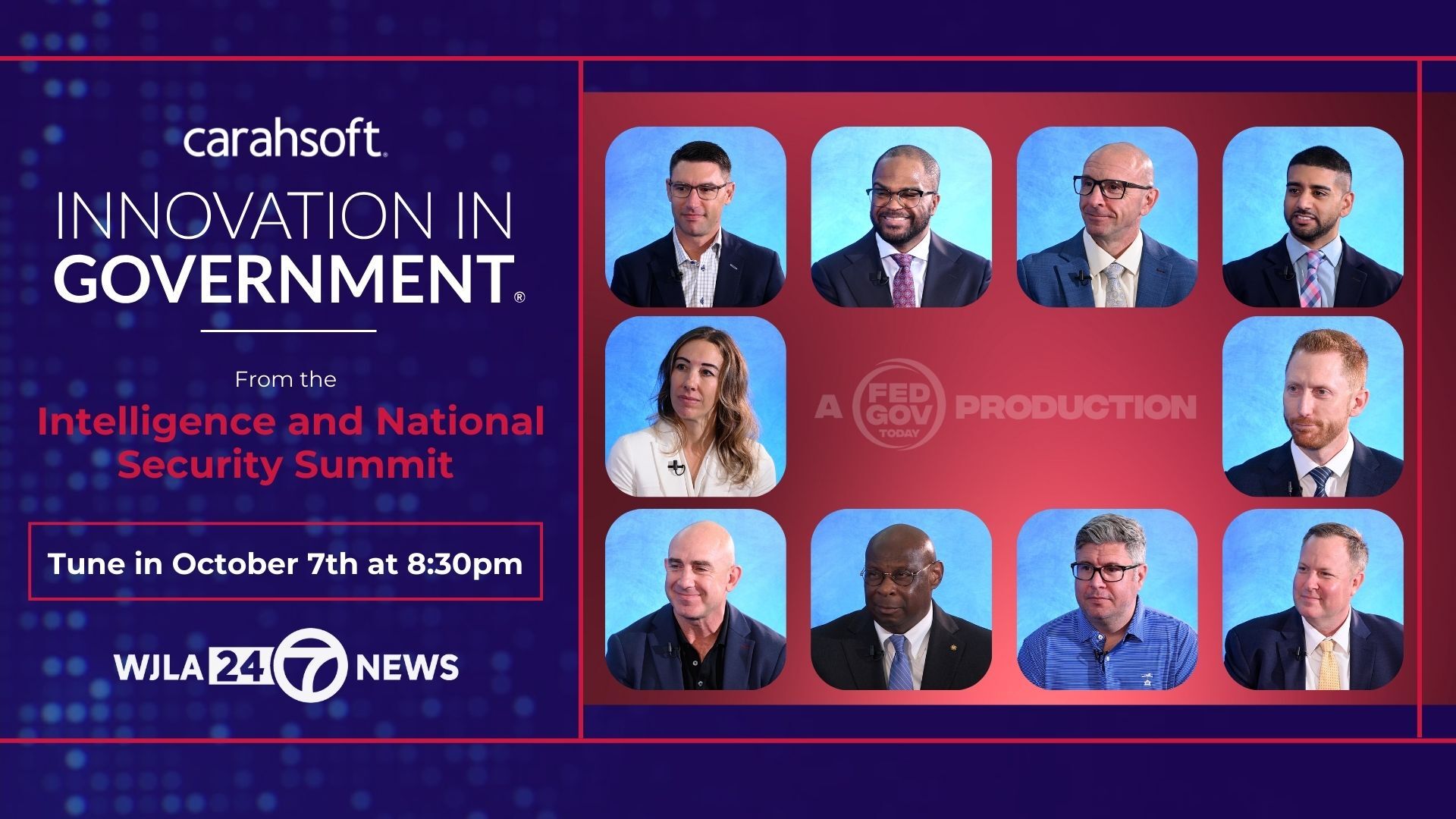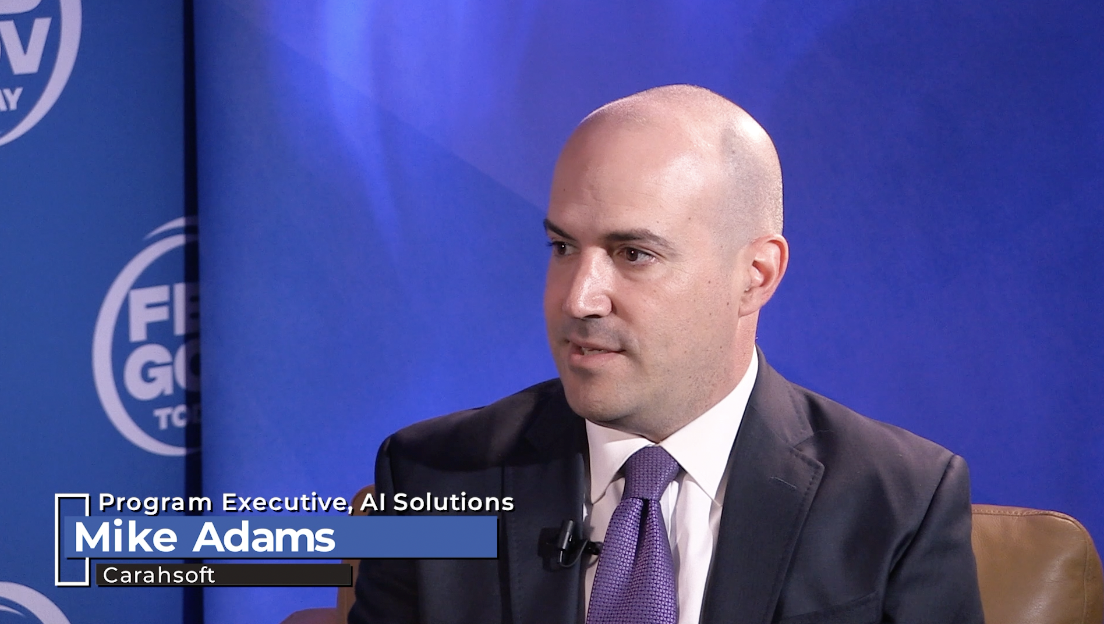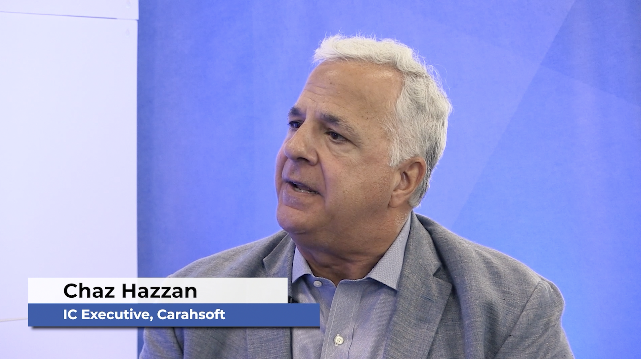Original broadcast 10/7/25
Presented by Dell Technologies & Carahsoft
The intelligence community and the broader national security enterprise increasingly depend on partnerships between government and industry to meet fast-changing mission demands. But successful collaboration requires more than contracts and transactions. It requires trust, transparency, and clear problem statements that guide innovation in the right direction.
At the AFCEA and INSA Intelligence and National Security Summit, Janel Balch, Major Account Manager in the National Security Group at Dell Technologies, explained how effective public-private partnerships emerge when government takes the lead in framing the challenge. “From a big technology perspective, it’s the public-private partnerships, and that’s often government led,” she said. By setting the direction, government ensures that solutions align with mission needs and security requirements.
 Balch described a model where agencies bring forward their problem statements and work with trusted industry advisors to develop solutions. In many cases, those solutions may come from a broad ecosystem of partners, not just one vendor. She emphasized that industry players are ready to collaborate across organizational lines if it means meeting government’s needs more effectively. “If we can’t solve your problem directly, we pull in our partners and bring the right technology to bear,” she said.
Balch described a model where agencies bring forward their problem statements and work with trusted industry advisors to develop solutions. In many cases, those solutions may come from a broad ecosystem of partners, not just one vendor. She emphasized that industry players are ready to collaborate across organizational lines if it means meeting government’s needs more effectively. “If we can’t solve your problem directly, we pull in our partners and bring the right technology to bear,” she said.
For these partnerships to succeed, Balch argued, government must be forthcoming about its needs, even in sensitive areas like intelligence where classified information complicates disclosure. When agencies can clearly explain what they are trying to solve, and why, industry is better positioned to provide meaningful solutions. That level of transparency requires trust and, in some cases, cleared industry personnel who can be brought into sensitive discussions.
At the same time, she stressed that industry has a responsibility to look beyond what government requests and anticipate what might be possible. Often, agencies do not know what solutions are available until industry demonstrates them. “They just don’t know,” Balch said. That is why she believes industry should be proactive—though not pushy—in educating government customers about emerging capabilities. Without that forward-leaning approach, gaps can emerge where government assumes it is asking for something new, only to discover that industry solved the problem years earlier.
Personal relationships have traditionally played an outsized role in bridging the gap between government needs and industry offerings. But Balch cautioned that relying solely on individual connections is unsustainable. Instead, she called for more institutionalized processes and dedicated roles within both government and industry to ensure consistent collaboration. That way, when personnel rotate out of a position, the relationship continues without disruption. “There should never be a gap where government says, ‘we need this,’ and industry replies, ‘we solved that five years ago,’” she noted.
Balch also identified contracting as an area ripe for improvement. She acknowledged that the acquisition process can often slow innovation or create uncertainty. Cleaning up contract language, clarifying deliverables, and making procurement more straightforward would enable industry to respond more effectively. At the same time, she recognized that ambiguity cannot be eliminated entirely. In the intelligence space especially, government must grapple with uncertain and evolving requirements. Balch argued that successful partnerships balance the need for clarity with the flexibility to innovate under uncertain conditions.
 Looking ahead, she framed innovation as being driven by problem statements—big, bold goals that inspire both government and industry. “Sometimes you need a ‘man on the moon’ type statement,” she said, pointing to the power of ambitious objectives in focusing innovation. In the absence of those problem statements, industry may continue innovating, but not always in alignment with government priorities.
Looking ahead, she framed innovation as being driven by problem statements—big, bold goals that inspire both government and industry. “Sometimes you need a ‘man on the moon’ type statement,” she said, pointing to the power of ambitious objectives in focusing innovation. In the absence of those problem statements, industry may continue innovating, but not always in alignment with government priorities.
The broader trajectory of government-industry collaboration, Balch suggested, is toward more integrated and sustained partnerships. The complexity of today’s challenges—ranging from cyber threats to global competition—demands a collaborative approach that leverages the best of both worlds: government’s mission expertise and industry’s technical innovation.
The discussion underscored a recurring theme throughout the Intelligence and National Security Summit: the need for communication that is transparent, bi-directional, and institutionalized. Government must articulate its needs clearly, and industry must respond not only with technology but also with ideas, flexibility, and a commitment to problem-solving.
Balch’s perspective reveals a partnership model that is evolving from transactional exchanges to strategic collaboration. By focusing on shared problem statements, embracing transparency, and improving contracting processes, government and industry can build a foundation for innovation that keeps pace with emerging threats.
Key Takeaways
-
Public-private partnerships work best when government leads with clear problem statements that guide innovation.
-
Industry must be proactive in demonstrating capabilities, ensuring agencies are aware of what is possible.
-
Institutionalized processes, rather than reliance on personal relationships, are essential for sustainable collaboration.



